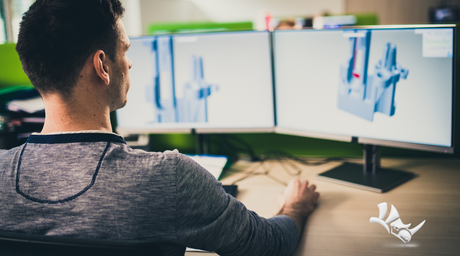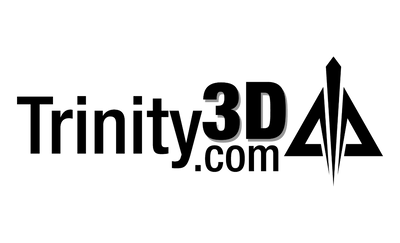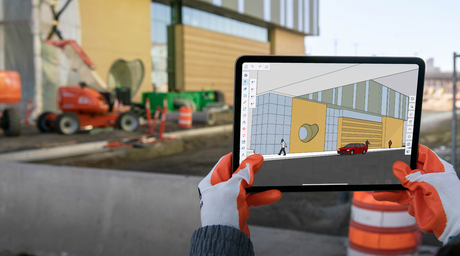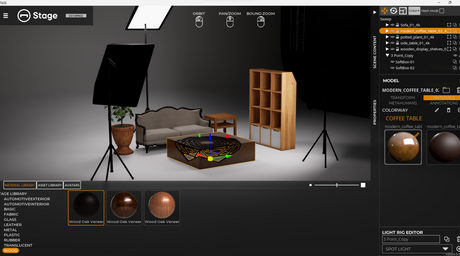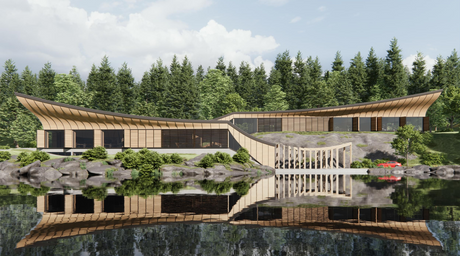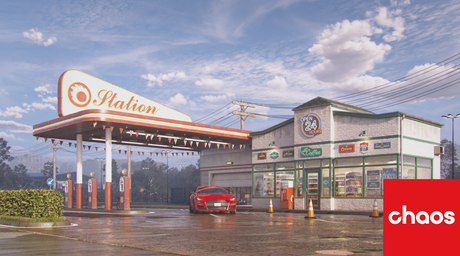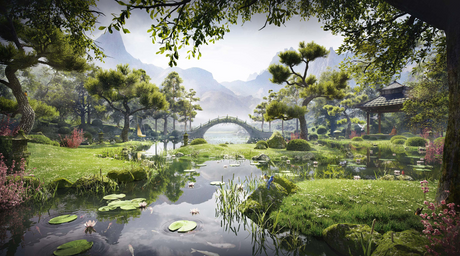Introduction to Sample Rate in Chaos V-Ray
The sample rate in Chaos V-Ray is fundamental to creating high-quality photorealistic renderings. It indicates the number of samples collected per pixel, which record detailed information about color, lighting, and other scene characteristics. Higher sample rates produce more detailed and accurate images, thereby enhancing the realism for which V-Ray is renowned. However, this precision comes with longer rendering times, emphasizing the need for efficient sample rate management.
Global Sample Rate Settings
Chaos V-Ray offers a global sample rate setting that directly influences the overall quality of the render. Increasing this setting enhances the image's accuracy, but it also means longer rendering processes. Adjusting the global sample rate provides a starting point for artists and designers to balance quality against rendering speed.
Adaptive Sampling
Adaptive sampling in V-Ray optimizes how samples are distributed across the image. It intelligently assigns more samples to areas with complex lighting or detailed textures, thus improving image quality where it is most needed without unnecessarily prolonging the rendering time for other areas. This targeted approach helps in maximizing rendering efficiency while maintaining high visual quality.
Light Sampling Controls
V-Ray also allows for precise control over the sampling of light sources. By adjusting the sample rate for lighting, users can ensure that light effects are captured accurately, enhancing the overall realism of the scene. This control helps to prevent oversampling in areas that do not contribute significantly to the scene's visual impact, thereby saving time and computational resources.
Optimization Through Testing and Denoising
To optimize the balance between quality and efficiency, it is crucial to test different sample rate settings. Starting with lower sample rates for quick previews and gradually increasing them can help in achieving the desired quality without excess rendering time. Additionally, utilizing denoising techniques can improve the image quality at lower sample rates, reducing noise while preserving important details. These strategies allow users to fine-tune their renders, achieving optimal results with efficient resource use.
Through these advanced controls and optimization techniques, Chaos V-Ray empowers users to produce breathtaking, lifelike renders by efficiently managing the balance between visual accuracy and operational efficiency.
